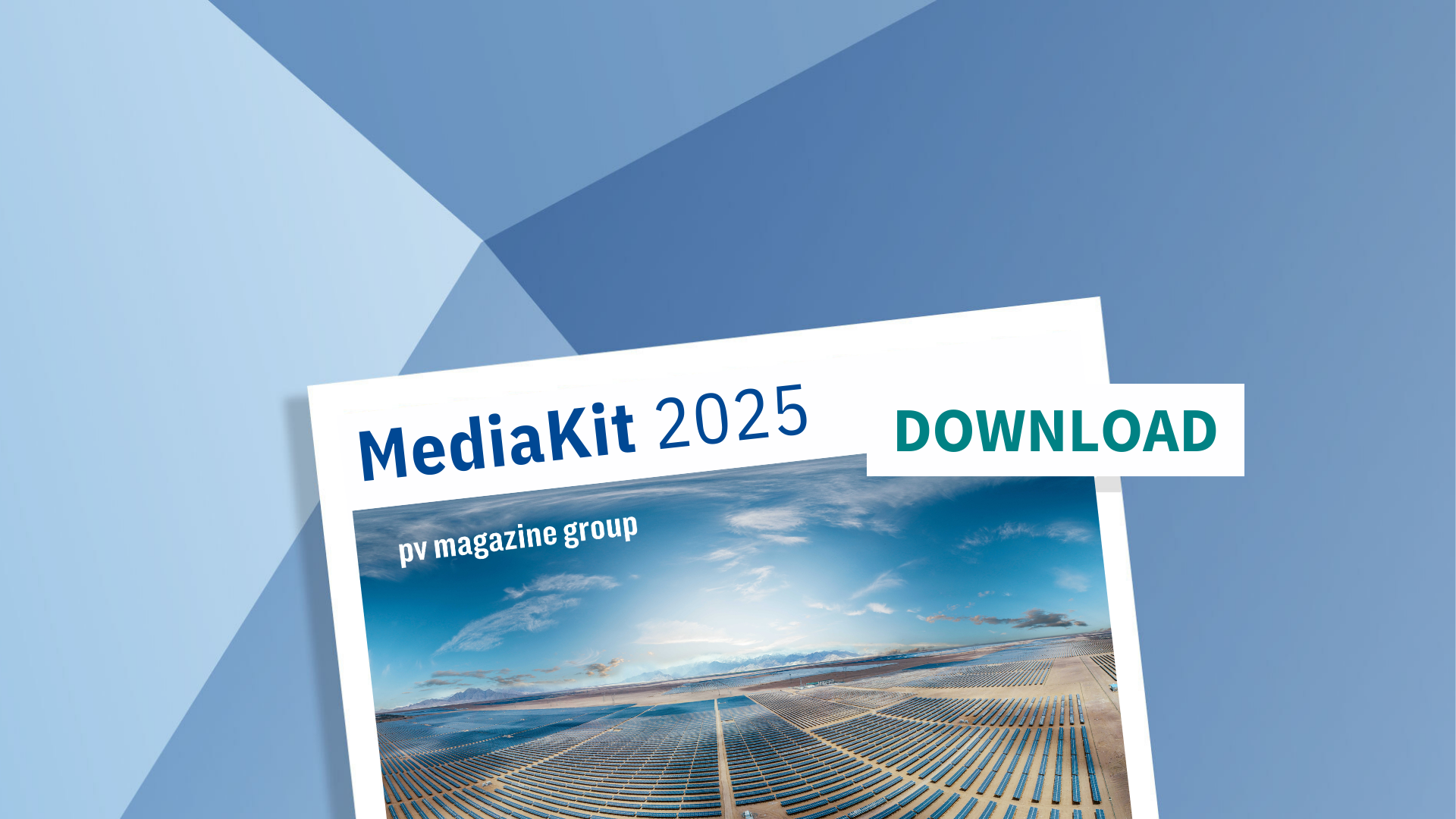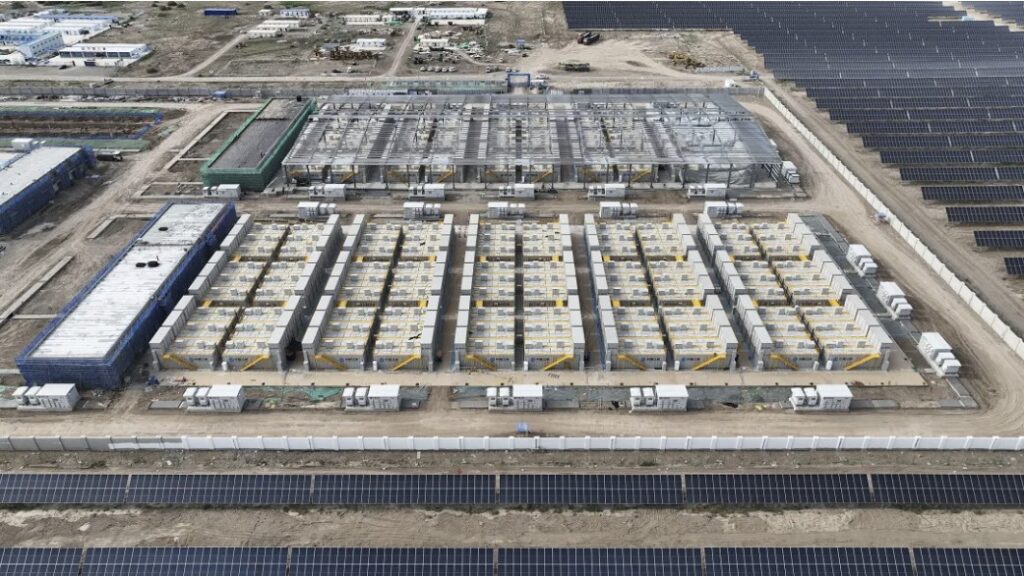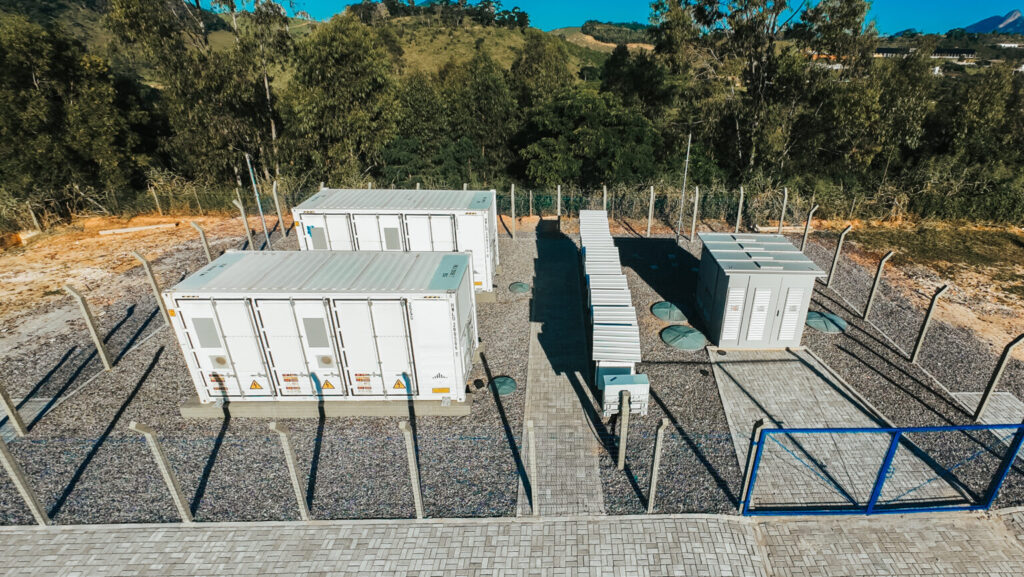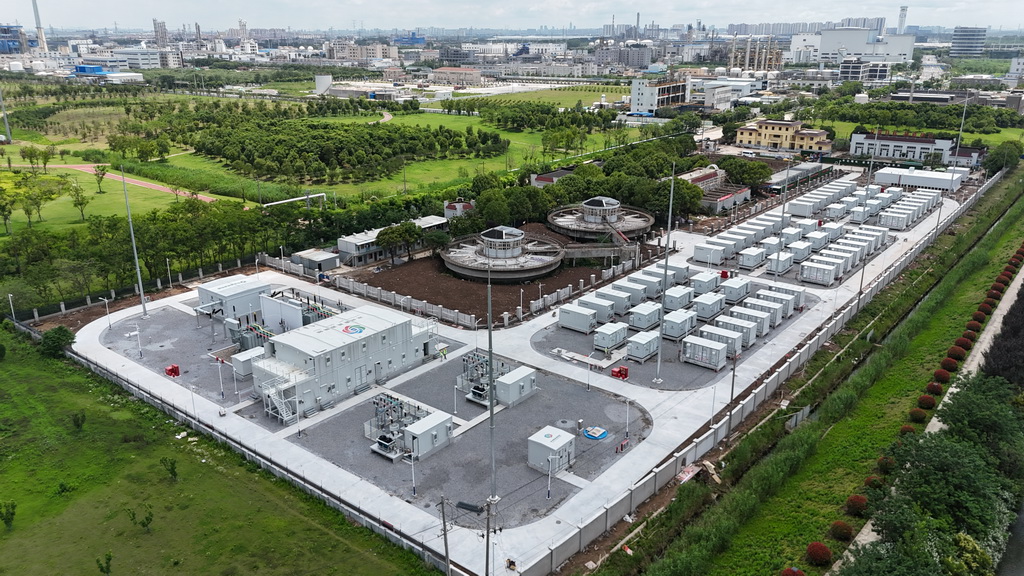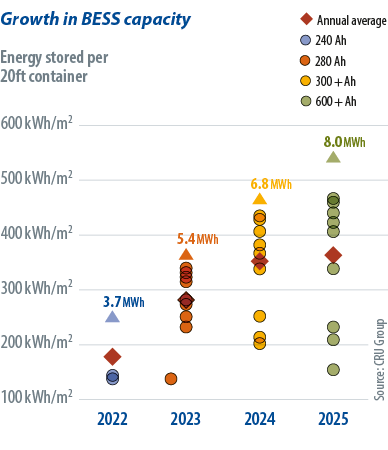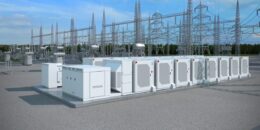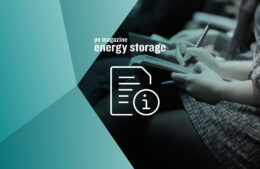Achieving unprecedented cyclability of flowless zinc-bromine battery
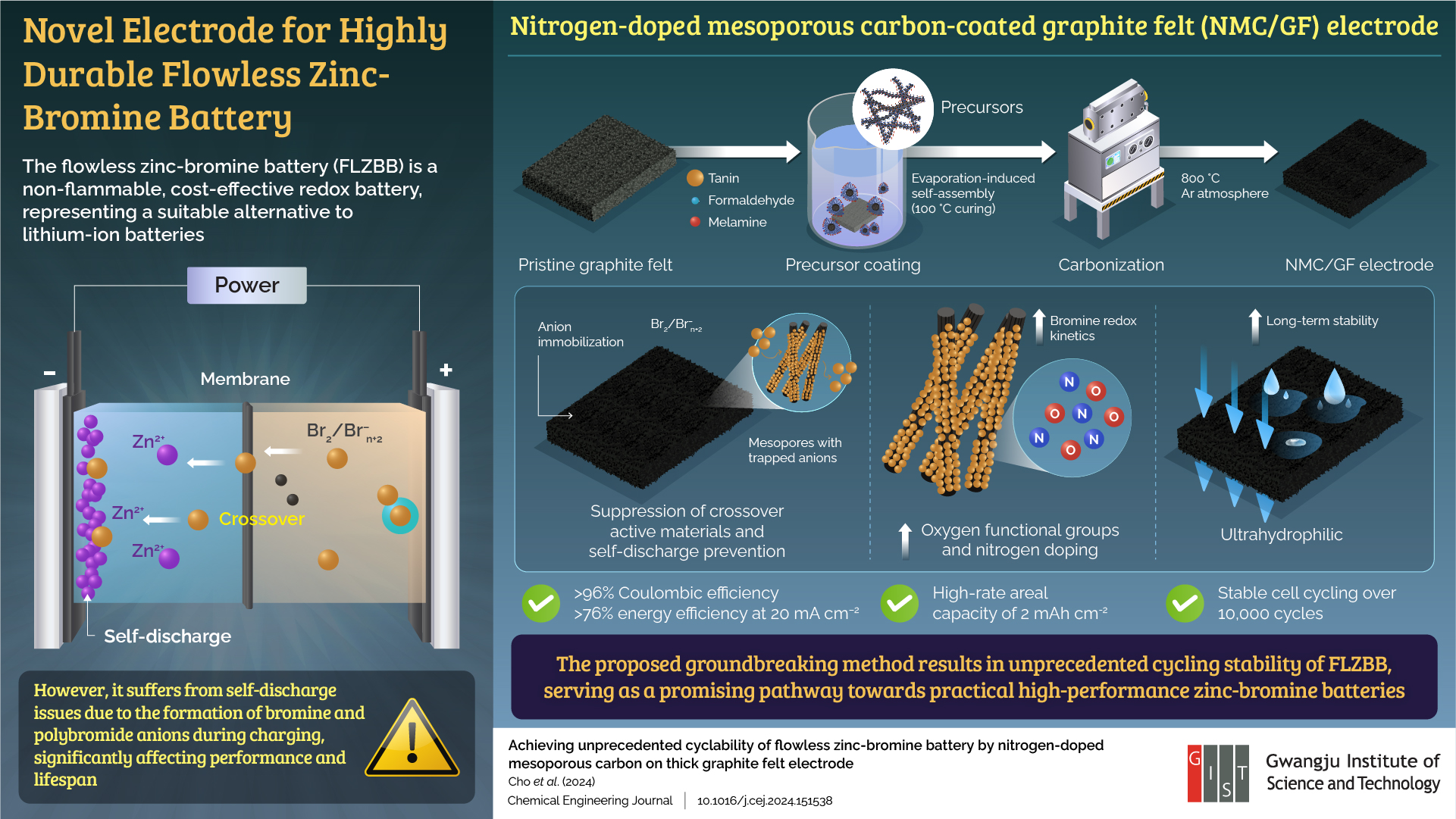
The flowless zinc-bromine battery (FLZBB) is a promising alternative to lithium-ion batteries due to its use of non-flammable electrolytes. It is also considered an alternative to redox flow batteries because of its cost-effectiveness.
However, FLZBB suffers from self-discharge due to the crossover of active materials, generated at the positive graphite felt (GF) electrode, to the negative electrode, significantly affecting performance and lifespan.
Now, researchers at the Gwangju Institute of Science and Technology (GIST) in South Korea have developed a novel nitrogen-doped mesoporous carbon-coated GF electrode that effectively surpresses the crossover of active materials and prevents the self-discharge reaction.
The researchers fabricated the NMC/GF electrodes using a simple, cost-effective evaporation-induced self-assembly method. In this method, a pristine GF felt was coated with precursor materials and mixed in a solvent, followed by drying and curing. The results achieved with this electrode were attributed to the mesopores present on the GF fibers.
“The NMC coating on the GF electrodes introduced mesopores with strategically embedded nitrogen sites, which served as a stronghold, capturing the bromine and bromine complexes in the positive electrode, suppressing bromine crossover and self-discharge phenomena,” said GIST professor Chanho Pak.
“Moreover, this coating made the originally hydrophobic pristine GF electrodes ultrahydrophilic, improving interfacial contact with the electrolyte in the aqueous electrolyte and enhancing electrochemical performance. Additionally, it allowed the incorporation of abundant oxygen and nitrogen species, which improved bromine reaction speeds, further boosting performance,” Pak added.
The FLZBB with NMC/GF electrodes demonstrated excellent Coulombic and energy efficiencies of 96% and 76%, respectively, at a current density of 20 mA cm-2, as well as a high-rate areal capacity of 2 mAh cm-2. Furthermore, the battery exhibited unprecedented durability, with charge/discharge cycling stability extended to over 10,000 cycles.
According to the researchers, their groundbreaking technology can enable practical applications of FLZBB. It can even come at a lower price than lithium-ion or aqueous batteries, enabling more active storage per single cell and reducing the usage of cell components, such as current collector or separator.
“The development of FLZBB positive electrode, which maintains long-term operation over 10,000 cycles with high efficiencies, will accelerate the development of stable energy storage systems and eco-friendly energy conversion in the long term. Moreover, NMC/GF positive electrode can also be used for other aqueous batteries,” Pak said.
The research findings were discussed in the paper titled Achieving unprecedented cyclability of flowless zinc-bromine battery by nitrogen-doped mesoporous carbon on thick graphite felt electrode published in Chemical Engineering Journal.




